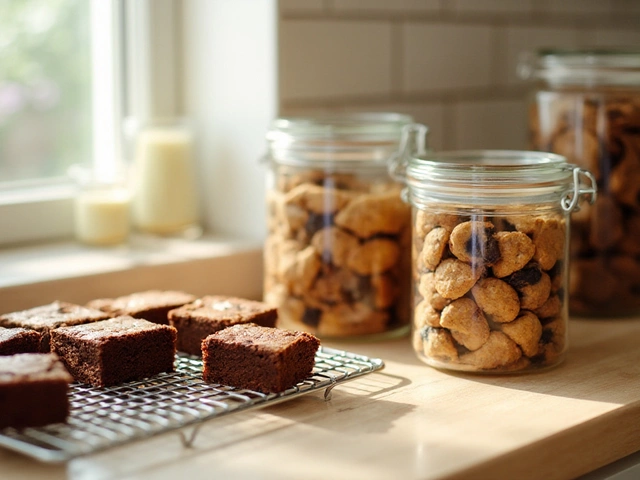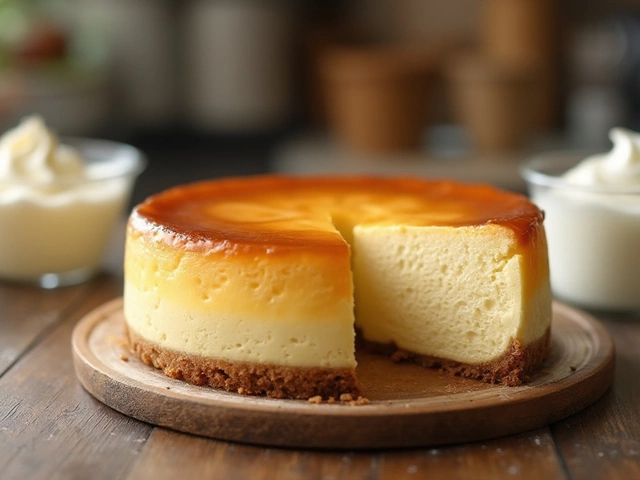Gluten‑Free Baking: Tips, Tricks & Common Mistakes
If you’ve tried a gluten‑free cake that fell flat or a cookie that turned hard, you’re not alone. The lack of gluten changes how batter holds together, so the usual tricks don’t always work. Below you’ll find straight‑forward advice that keeps your treats light, fluffy, and tasty without the guesswork.
Why Gluten‑Free Baking Can Be Tricky
Gluten acts like a stretchy net that traps air and gives structure. When you remove it, the batter loses that grip. That’s why gluten‑free cakes often sink or feel dense. It also means moisture evaporates faster, so you can end up with dry crumbs if you don’t adjust liquids.
Another hidden issue is the blend of flours you use. Rice flour, almond flour, and oat flour each behave differently. Mixing them in the wrong ratios can make the batter too heavy or too crumbly. The key is to balance binding agents, moisture, and leavening.
Practical Tips for Better Results
1. Use a good flour blend. Look for a pre‑made gluten‑free mix that contains starches (like tapioca or potato) and protein (like chickpea flour). If you blend your own, try a 2:1:1 mix of rice flour, potato starch, and tapioca starch.
2. Add binders. Xanthan gum or psyllium husk replace the stretch that gluten provides. About ¼ tsp of xanthan gum per cup of flour is enough for most cakes. Psyllium husk works well for breads and brownies.
3. Boost moisture. Swap part of the water or milk for yogurt, applesauce, or pureed pumpkin. These add wetness and a little extra protein that helps the crumb stay tender.
4. Don’t over‑mix. Too much mixing can break down the limited structure you have, leading to a gritty texture. Stir just until the ingredients are combined.
5. Check your leaveners. Baking powder and soda need a bit more time to react in gluten‑free doughs. Let the batter sit for five minutes before popping it in the oven.
6. Lower the oven temperature. Baking at 325 °F instead of 350 °F gives the batter time to set without cracking the top. It also reduces the chance of a sunken center.
7. Use the right pan size. A deeper pan can cause the middle to stay under‑cooked and then collapse. Stick to the pan size the recipe suggests, or use a shallower pan and extend the bake time slightly.
Try these steps the next time you bake a gluten‑free cake, brownies, or cookies. You’ll notice the difference right away—fluffier texture, even rise, and fewer surprise sinkholes.
Got a specific problem, like a dense muffin or crumbly pastry? Drop a comment and we’ll tweak the advice to fit your recipe. Happy baking!

What Is Surprisingly Not Gluten-Free? Hidden Sources of Gluten in Gluten-Free Cakes
Many foods labeled gluten-free still contain hidden gluten-especially in cakes. Learn the surprising sources of contamination and how to bake safely for celiac disease or gluten sensitivity.
View More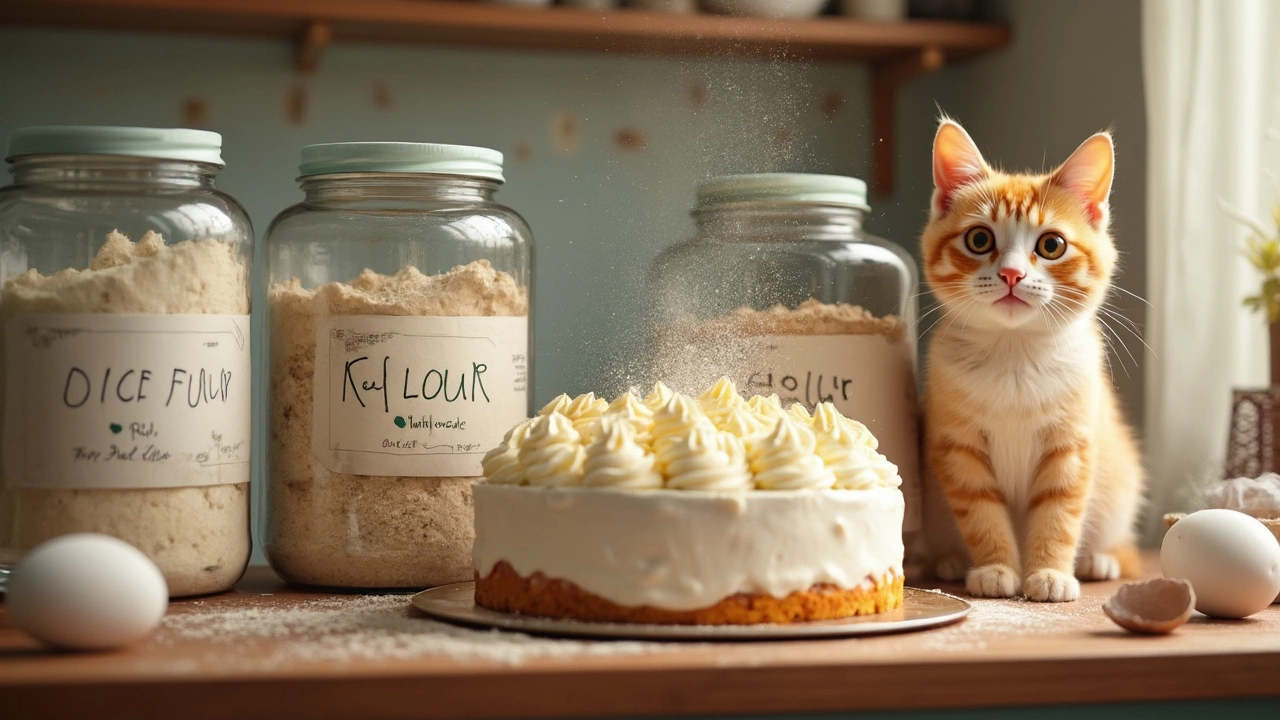
Gluten-Free Flour: What to Use for Cakes
Confused about which flours are actually gluten-free for your cakes? This guide breaks down the best gluten-free flours, how they behave in cake recipes, and what swaps really work. From rice flour basics to almond flour hacks, learn which options keep your baking safe and tasty. Plus, smart tips for better texture and flavor in gluten-free cakes. Even Whiskers the cat can't mess this up for you!
View More
Gluten-Free Cake Troubles: Why Does It Turn Out Gummy?
Ever wonder why your gluten-free cake feels like gooey dough instead of a light treat? This article dives into what really causes that gummy texture, from flour blends to baking times. You'll learn about common missteps and get straight-to-the-point fixes that actually work. Whether you're new to baking gluten-free or getting annoyed by failed recipes, these practical tips will finally help you crack the code. Get ready to save your next cake from the gummy trap!
View More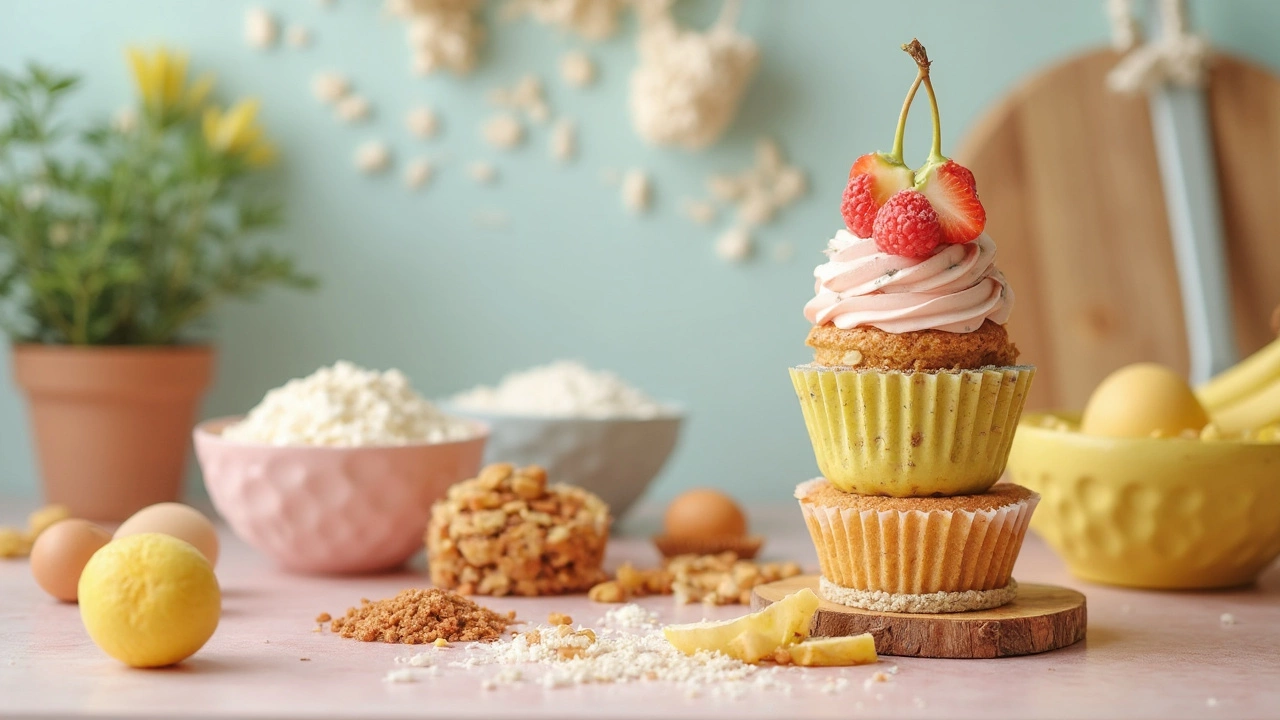
Gluten-Free Cakes: Surprising Ingredients You Can Actually Use
Learn which foods are surprisingly gluten-free and perfect for baking delicious cakes. Find out about ingredients you might not expect to be safe, along with tips on how to use them for incredible gluten-free cakes. This guide busts myths, offers clever ideas, and keeps things super practical. Whether you have celiac or just want to shake up your baking, you’ll spot new favorites here. Get inspired to experiment in the kitchen with confidence.
View More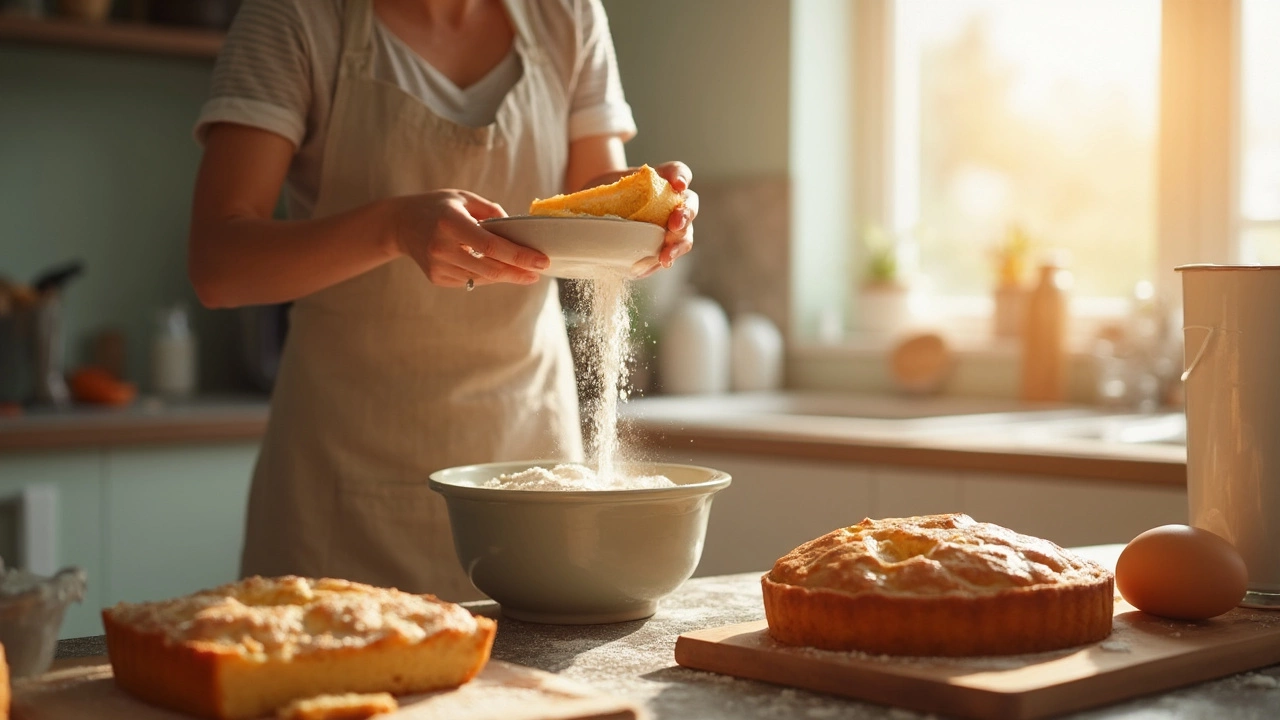
Do Gluten-Free Cakes Need More Baking Powder?
Gluten-free baking can be tricky, especially when it comes to getting the right texture in cakes. This article explores the role of baking powder in gluten-free cakes, explaining why you might need more of it compared to traditional cakes. Tips and tricks are offered to help create delicious gluten-free recipes that rise well and taste great. Learn how to adapt your baking to ensure your gluten-free cakes are a hit every time.
View More
